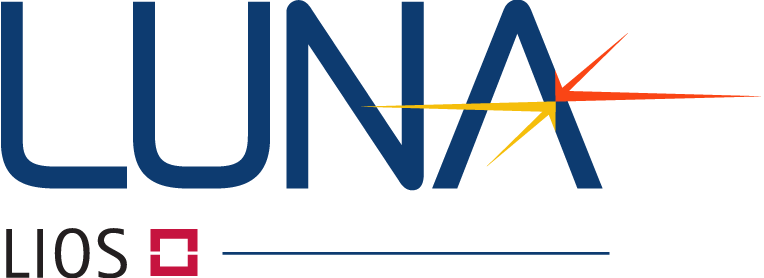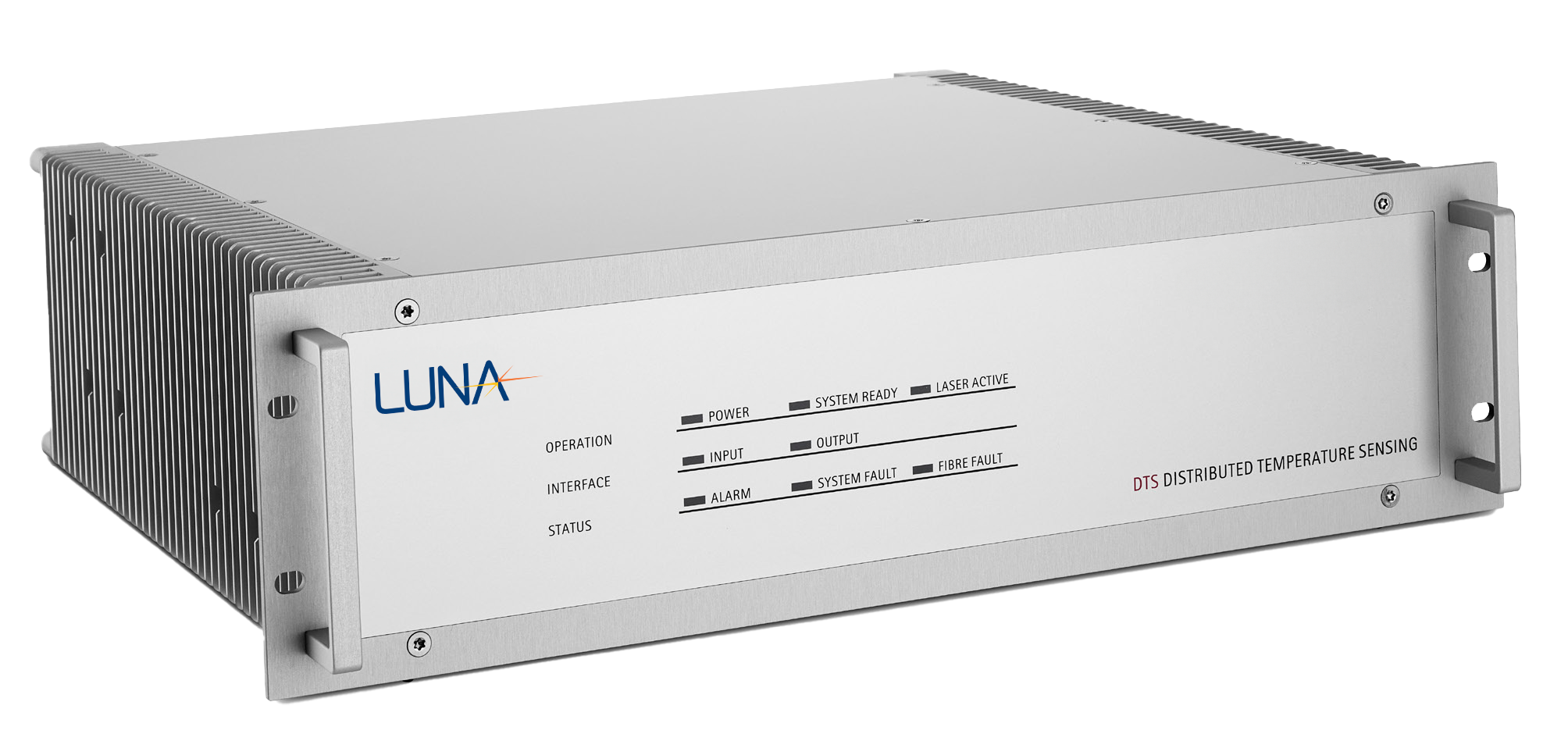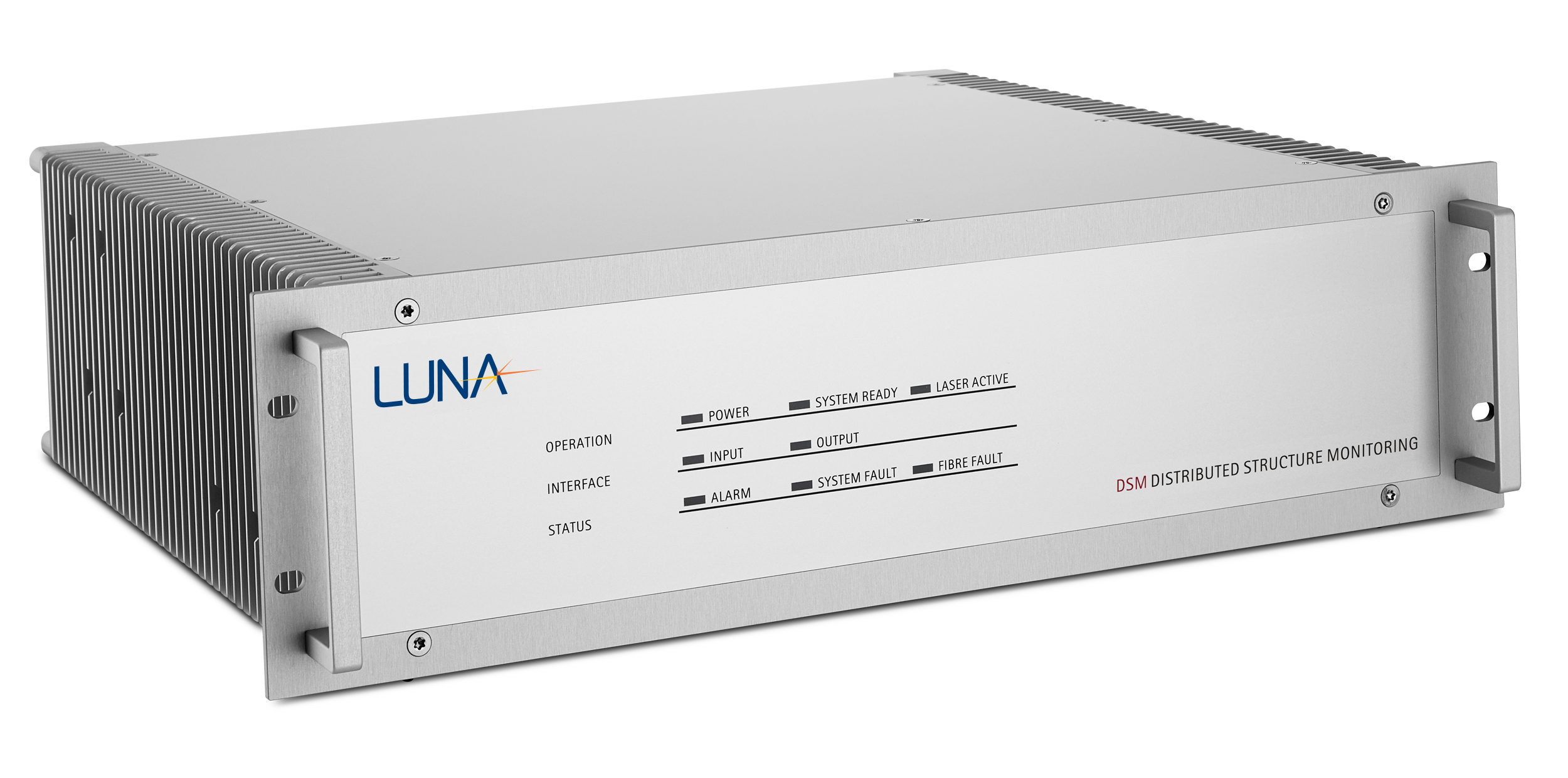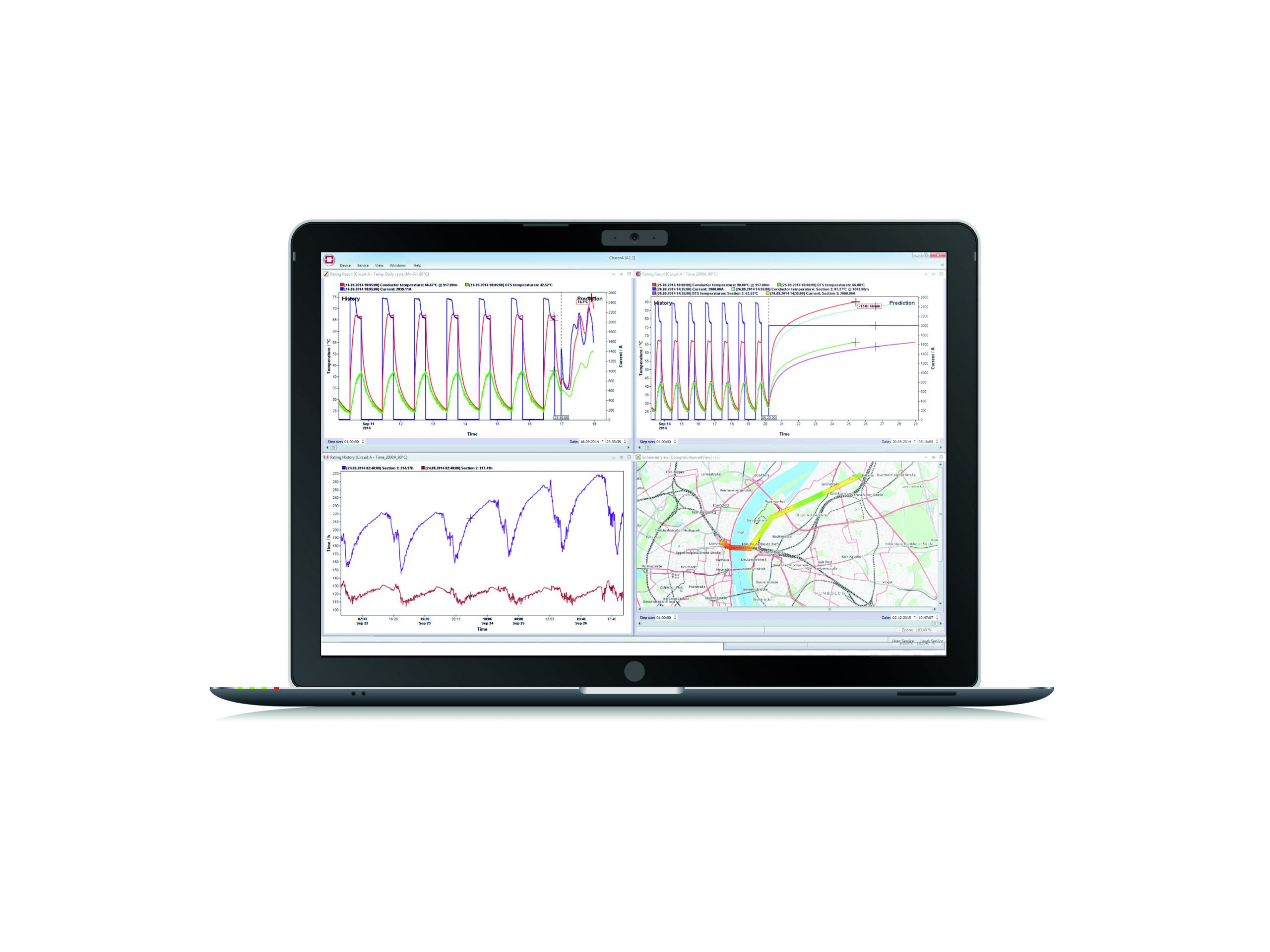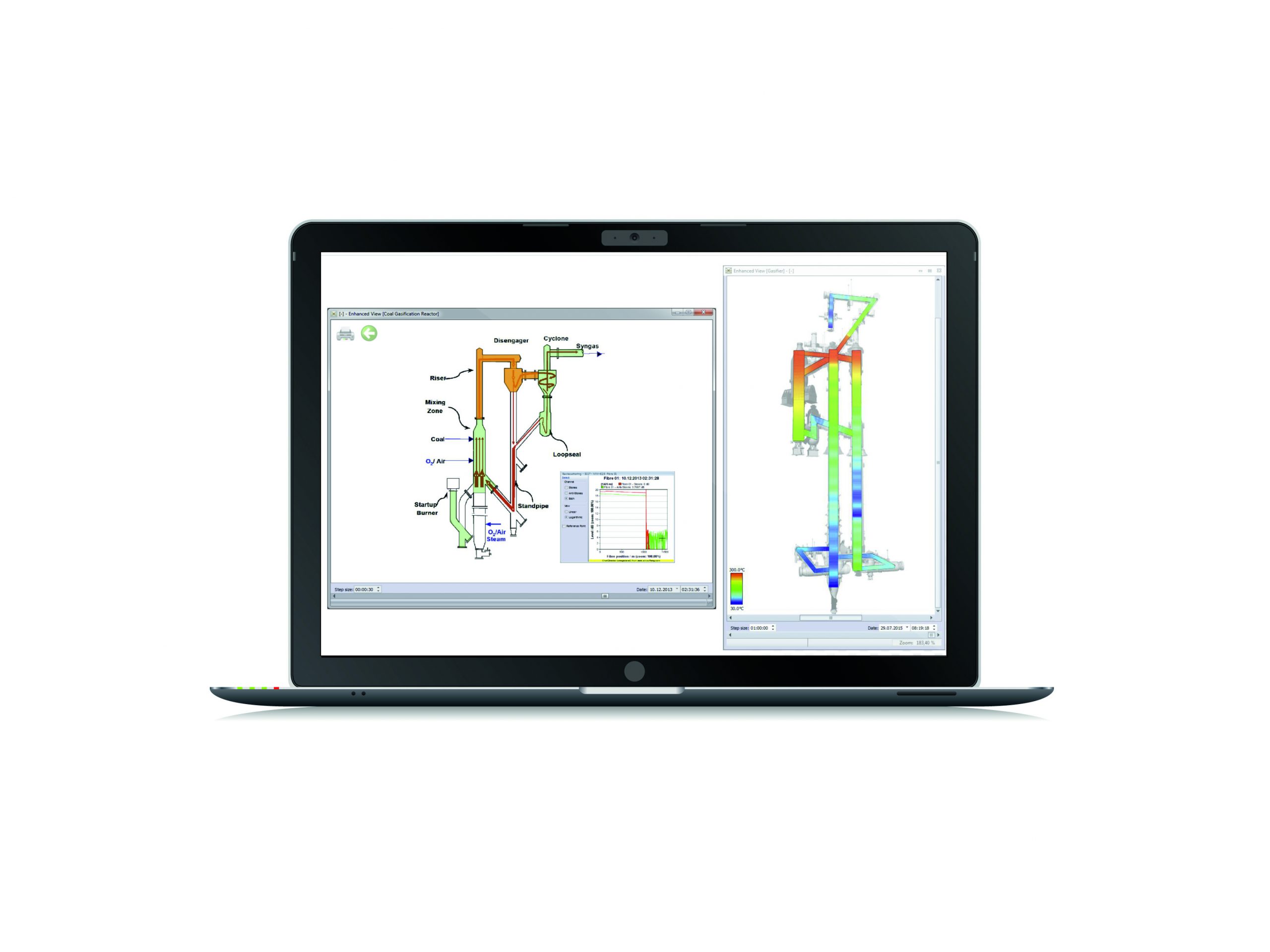Dr. Hill explains how you make the most of the following technologies in power transmission:
- Distributed Temperature Sensing, DTS
- Real-Time Thermal Rating, RTTR
- Distributed Strain Sensing, DSS
- Distributed Acoustic/Vibration Sensing, DAS
Get talked through the advantages
Distributed Fiber-Optic Sensing systems are extremely reliable. But they have even more advantages compared to other types of sensor networks.
Advantages such as:
- Thousands of locations covered with one interrogator
- Low-cost fiber-optic cable is the sensor, no sensor elements or networks are needed
- No electricity in the application area, it’s explosion safe
- No cross-sensitivity to dust facilitates fire detection
- Immunity to EMI
Learn about the equipment, capabilities, and techniques
Hear about how the Distributed Fiber-Optic Sensing technology has evolved from the first 4 km DTS system in 1997 to maintenance-free industrial-grade systems with 70-100 km ranges.
Learn the basics of how the system uses laser light and optical fibers as sensors and how light scattering effects such as Rayleigh, Raman, and Brillouin can be used to deduct temperature, dynamic temperature, strain, and dynamic strain.
Why does sensor cable design matter and which cables should you choose?
Get examples of where fiber-optic sensing can make a big difference
- Wind Farm Monitoring
- Overhead power lines
- Bus Bar Monitoring
- Gas Insulated Pipes
- Umbilical
- Bending tests
- Cable tension
- Power cable fault detection
- Intrusion
- Ship movements
https://www.youtube.com/watch?v=zqG0GTIOxbU
